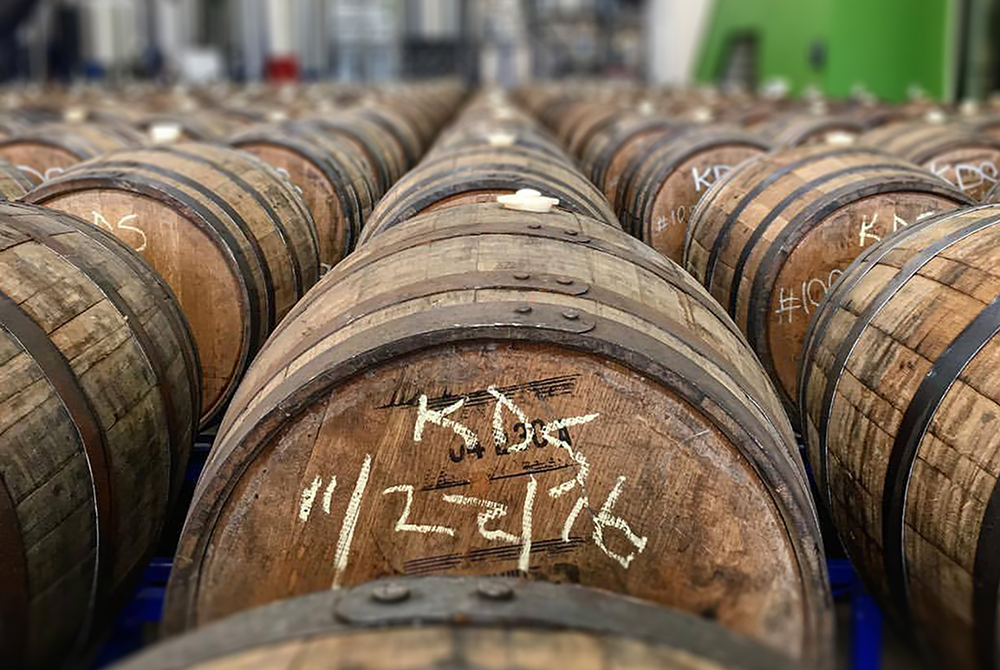Shop
The Business of Beer: How Breweries Can Plan for the Future Even During COVID
Planning for the future.
Editor’s Note: This article is the part of a series that will culminate in a webinar called The Business of Beer: How Brewers Can Plan a Secure Future, Even During COVID sponsored by Fort Pitt Capital Group
Let’s be honest 2020 has been a tough year. As COVID-19 swept from country to country leaving a devastating wake of economic catastrophe, breweries and the hospitality industry felt the hard-hitting effects. Literally overnight, the crisis forced many businesses to close their doors to the public. For the last eight months, breweries have been challenged to devise new methods and revenue streams to survive.
You know the old saying, saving for a rainy day? Well, this past year it has poured. As the last few months of 2020 wrap up, companies are already looking ahead to 2021. We know that when the clock strikes midnight on Dec. 31st, 2020 COVID will not magically disappear. But, armed with the lessons learned from the last year breweries are now better equipped to keep persevering, surviving, and once again eventually thriving.
COVID’s effect on the economy has been not only physical but also emotional. Small businesses like breweries are often built as passion projects on the backs of hard-working men and women. “Most folks don’t realize how much business owners invest in their own businesses not just financially, but personally. Their identity, energy, time, money – their lives – are all wrapped up in it,” says Chris Chaney, Financial Advisor and Certified Exit Planner at Fort Pitt Capital Group, a Pittsburgh-based financial advisory and investment management firm that helps businesses and individuals manage their money and plan for the future. “Successful business owners are seen as emblems of success, but like an iceberg, you see the success (or catastrophic failures) outwards. The sweat, tears, sacrifice, fears, anxiety, and long hours are all underneath the surface.”
Plainly put, brewery owners work very hard. This past year, they have worked extremely hard as the challenge of a Covid-19 environment has pushed everyone to their creative, financial, and emotional limits.
“Brewing beer is a passion,” said Nathan Boxx, Director of Retirement Plan Services at Fort Pitt Capital. “Most of these businesses grew out of homebrewing in a basement to a legitimate enterprise with dozens of employees.”
But, unfortunately, passion alone can’t keep the lights on when a global pandemic hits. With that in mind, we investigated a little further and enlisted the help of the experts at Fort Pitt Capital to share five tips and strategies they see as crucial to a brewery’s survival in 2021.
Diversifying Your Delivery and Distribution Channels

Back in March, the lockdowns that worked their way from city to city forced breweries to close their taprooms to the public at only a moment’s notice. Traditionally, the taproom has been a large revenue driver for breweries. Often the most profitable segment of business due to the increased margins, taproom sales are made directly to the consumer cutting out the need to share revenues with distributors or retailers. With this channel cut off at the knees breweries quickly turned to new distribution channels. Such as delivery from either third party sites, direct-to-consumer shipping, or self-delivery to make up a part of the loss.
According to an impact study from the Brewers Association, an organization that works to promote and protect small and independent American brewers, in just over six weeks after the pandemic hit, brewery delivery sales jumped by 31.8%. Breweries changed their business model in just a matter of weeks and will need to continue to leverage these new distribution platforms into the new year.
“Off-site delivery has been key to mitigating some of the impact of COVID,” said Chaney. “Since 2011 we’ve grown from basically 3,000 breweries to now over 8,000, few of whom really offered delivery before coronavirus. Now, you have to deliver in order to survive.”
While third party businesses such as Tavour, Bevv, TapRm, and others have certainly helped, in this “COVID induced economic coma,” as Chaney calls it, it is necessary to diversify the distribution channels. Chaney urges breweries to consider all the options including delivery apps, their own home deliveries within a 15-20 miles radius of the brewery, or pushing to-go releases straight out of the taproom. Employing all the direct-to-consumer channels available will be one of the strongest pathways to success for breweries next year.
Securing Your Supply Chain
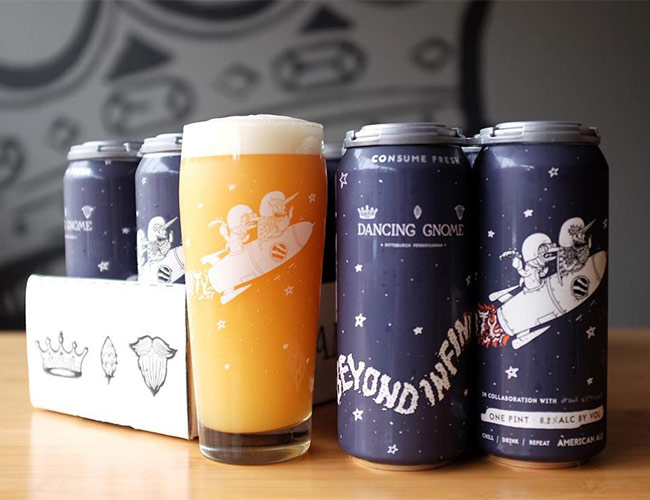
If a global crisis taught us one thing it’s that the world can change at the drop of a dime (or the snap of one’s fingers).
One of the biggest challenges to the craft beer industry specifically is that beer relies on many different ingredients to create the end product. It is imperative for any brewery to secure its supply chain.
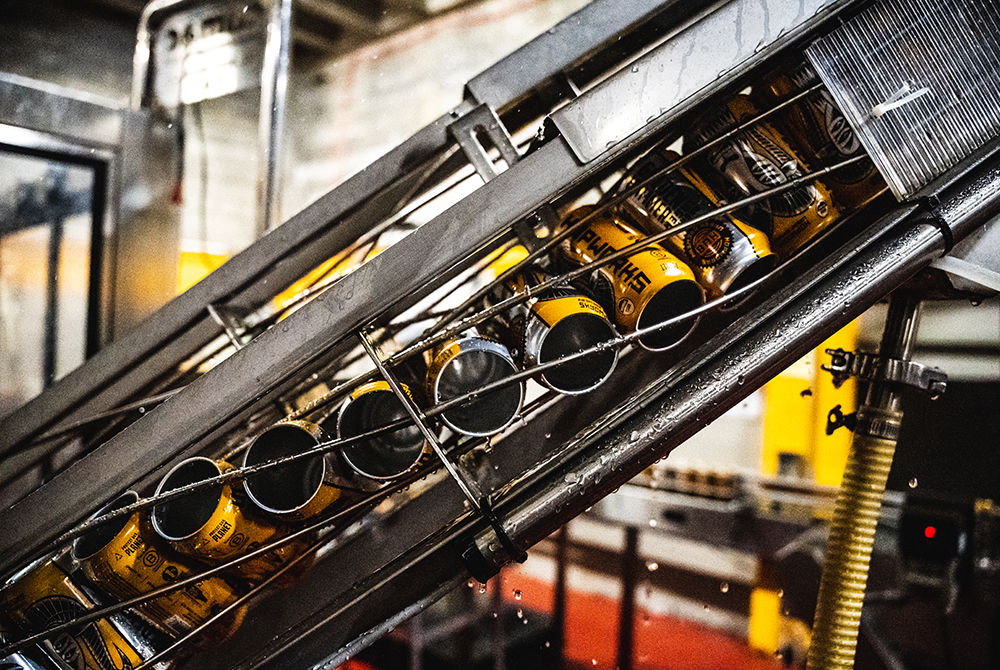
We’re already seeing the long-term effects of COVID in certain segments of the craft beer supply chain. For example, earlier this month, Ball Corp, the world’s largest manufacturer of cans, warned that the company is short 10 billion cans heading into 2021. With so many breweries forced to adopt packaging the demand for cans simultaneously accelerated.
It is imperative for a brewery to lock down its current equipment and ingredient suppliers to ensure that they can continue producing products next year.
Invest Outside Your Business
Business owners often want to invest all of their money into the business. The problem?
“Seasons change,” said Chaney. “No matter how good it is right now, challenges will arise. No matter how bad it is right now, opportunities will arise. It is good to be ready. You don’t want all of your finances wrapped up in your business.”
Doing so is equivalent to taking all of your money and investing it into one business isn’t terribly liquid and could be completely subject to the vagaries of the local economy. Chaney recommends building up a portfolio of assets outside the business, which is something that he’s a bit of an expert on.
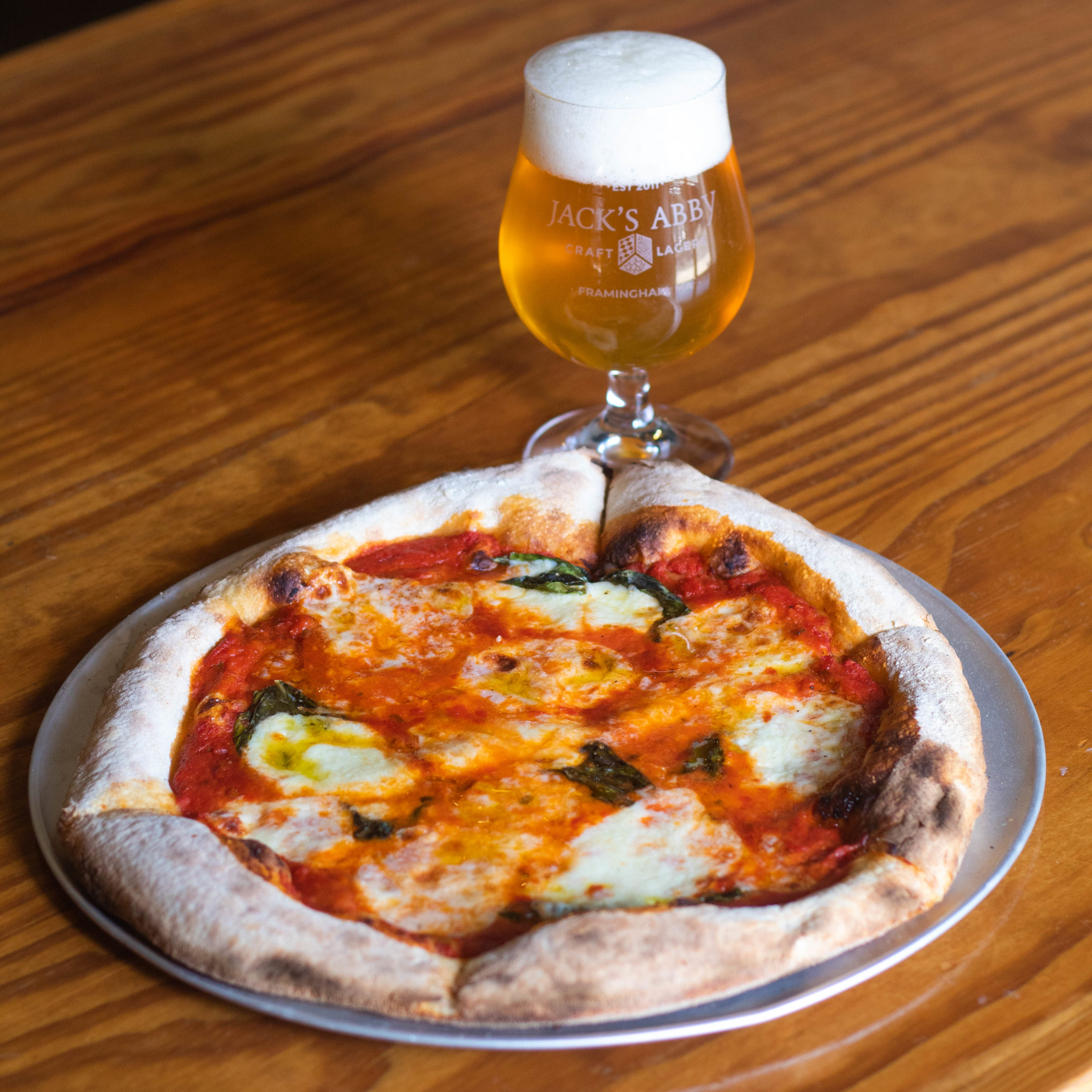
When working with a new partner, Chaney takes a three-pronged approach. He sits down with a client to figure out three key issues. 1) The current health and status of the business. 2) An owner’s personal financial situation. And 3) The personal objectives of the business owner. Homing in on these three key areas, Chaney uses his expertise to create specific plans for business owners addressing their own business, financial, and personal challenges and providing them with a clear path to their unique goals.
Planning and preparation are critical. “There’s an old saying: You’re never hit by the bus you’re looking at,” said Chaney. Why? Because you’re prepared. You’re ready for it. It’s the crisis you don’t see coming (sort of like a global pandemic) that hits the hardest. Investing outside of your business, having a small amount of cash in reserve, and always keeping a margin can help to buffer the blows of small or even large catastrophes.
Invest Inside Your Business (Taking Care of Your Team)
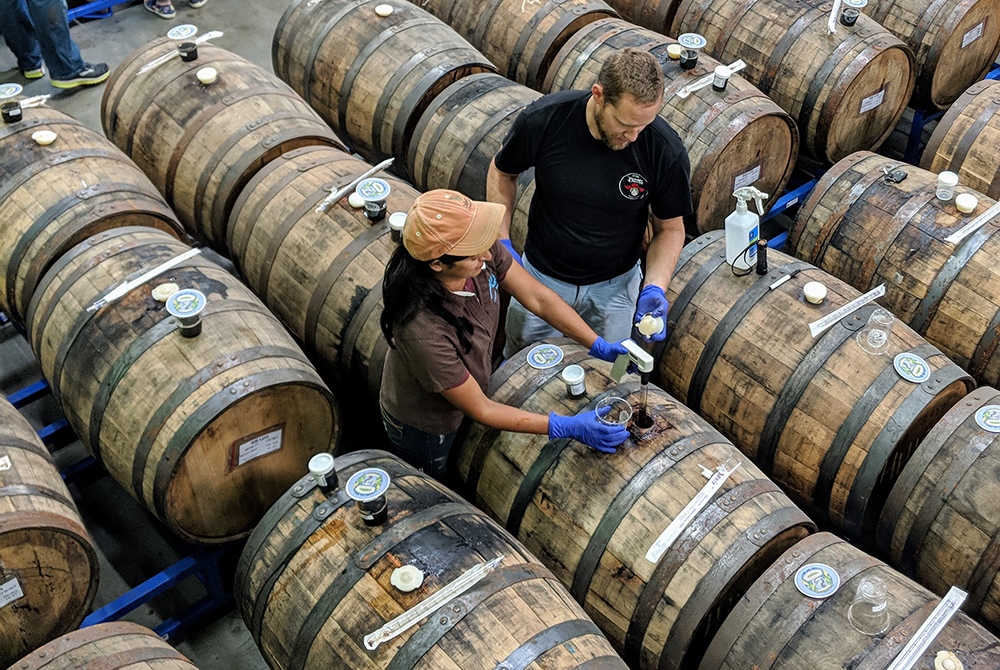
Inwardly, it’s important for breweries to invest in their own employees.
“The best business owners I know look at their employees as a second family,” said Chaney.
It’s the team you build that will support you and drive your engine forward, especially in difficult times.
“People are what drive your organization forward. Whether a brewer, bartender, or server they are the face of your organization,” said Boxx, who recommends that breweries, if possible, continue to offer a competitive benefits package to their employees that includes all facets of what people need. Such as a vacation schedule, health insurance, and even retirement plans.
Boxx specializes in helping businesses craft 401k plans that meet the specific needs of an organization and deliver education services to various parts of the organization to meet those needs.

For breweries and hospitality businesses, in particular, one of the issues that specifically arises is the nature of pay. Front of house workers such as bartenders often derive much of their income from tips and work shifts while management in the back of the house might be salaried and work a regular nine-to-five. “It’s important those folks working late night or early morning get a fair shake at receiving advice in developing a plan for them,” said Boxx. “We understand those diverse needs of an organization and adapt to them.”
Virtual Victories
Words like Zoom, Google Hangouts, and GoToMeeting, have become a part of our daily lexicon. Now, we’re all familiar with a Virtual Happy Hour on Friday or even a digital festival (like our women in craft beer festival Beers With(out) Beards) where we park ourselves in front of a computer to try and maintain some semblance of human contact during quarantine.

Unsurprisingly, innovating in the digital space and coming up with new ways to continue to interact with customers will be crucial to a brewery’s business in 2021.“Continuing that trend of engaging with your customer is what will keep them excited about your beer and will be how you survive in the future,” said Boxx
Chaney likewise notes that finding new ways to connect with your audience is like a bridge, “Keeping in constant touch with your patrons and turning customers into fans [is crucial] because your fans will be the first ones to come back.”
So, what does this new digital era of events look like? Chaney recommended getting creative. “You can’t host Oktoberfest? How do you work around this? Can you create new blends or offerings? Produce an online event? Offer a sampling? Finding ways to try to expand marketing share in a creative way will help you develop fans as much as you can.”
Bottom line? Maintaining those important connections with its fan base even if they’re virtual will keep consumers engaged. And will bring them back to the taproom if and when breweries are once again able to open their taproom doors.
Securing the Future
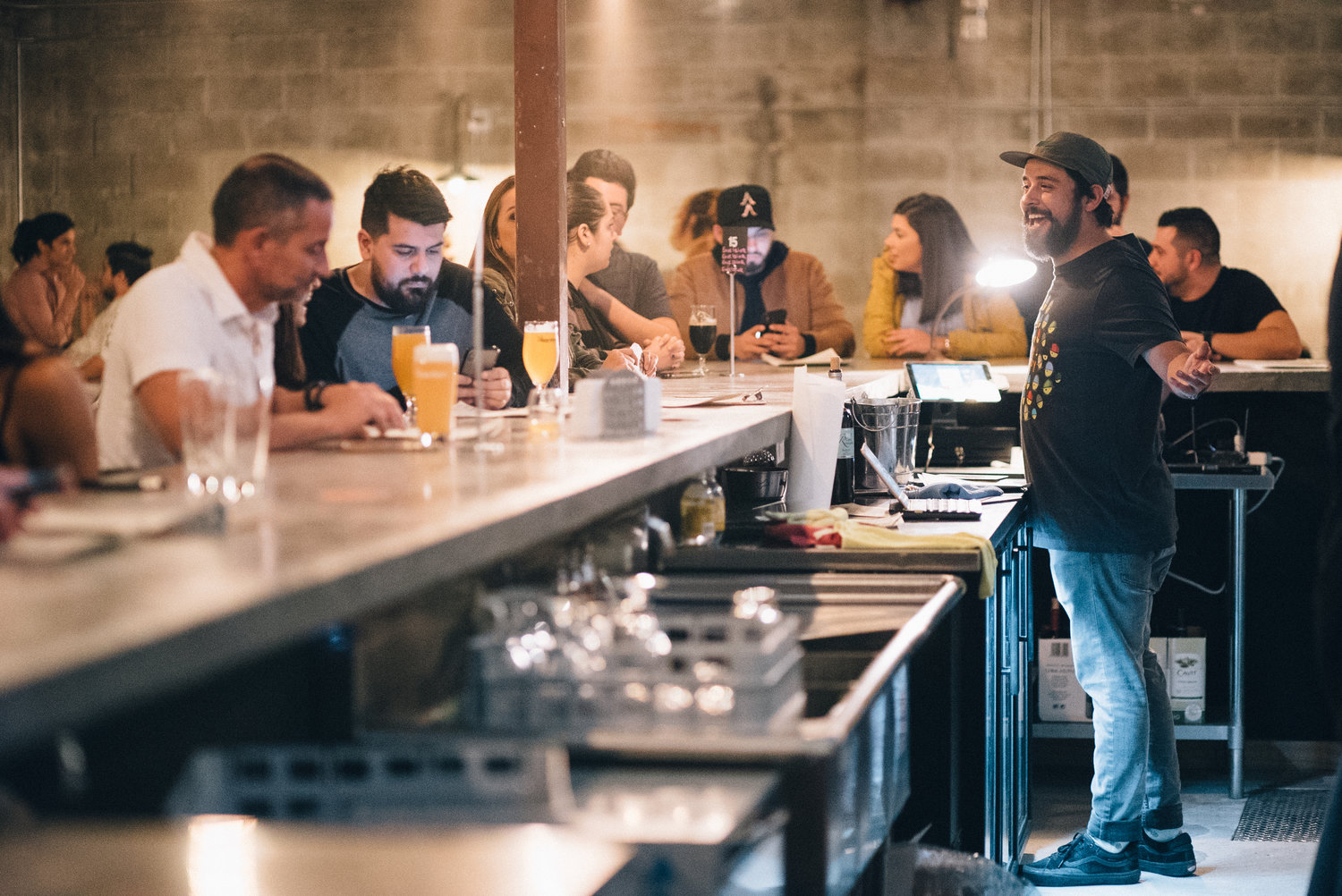
One of the most distinctive parts of the craft beer industry is its collegiality and camaraderie. While in most industries independent businesses would be considered competitors, in craft beer breweries are almost more like neighbors, striving to help each other succeed and most recently to survive. It’s this unique characteristic that has allowed breweries to become so important to their communities. Taprooms are places that derive a sense of community, bringing people together over a great beer.
While we know challenging times are still ahead with these few strategies in mind we’re all hopeful that our favorite breweries will continue to thrive and like a rising tide lifting all boats make it through this pandemic together.
“As we digest and emerge from COVID I see a really unique role that craft breweries can play in helping society heal. They can help people get back to some sense of normal by offering a unique sense of community and a warm and welcoming gathering place,” said Chaney
Cheers to that!
Looking to hear more? Tune into our webinar the Business of Beer – How Brewers Can Plan a Secure Future, Even During COVID on Wednesday, 11/18 at 6:30 PM ET.
Liked this article? Sign up for our newsletter to get the best craft beer writing on the web delivered straight to your inbox.

